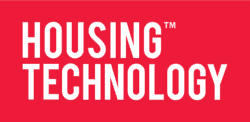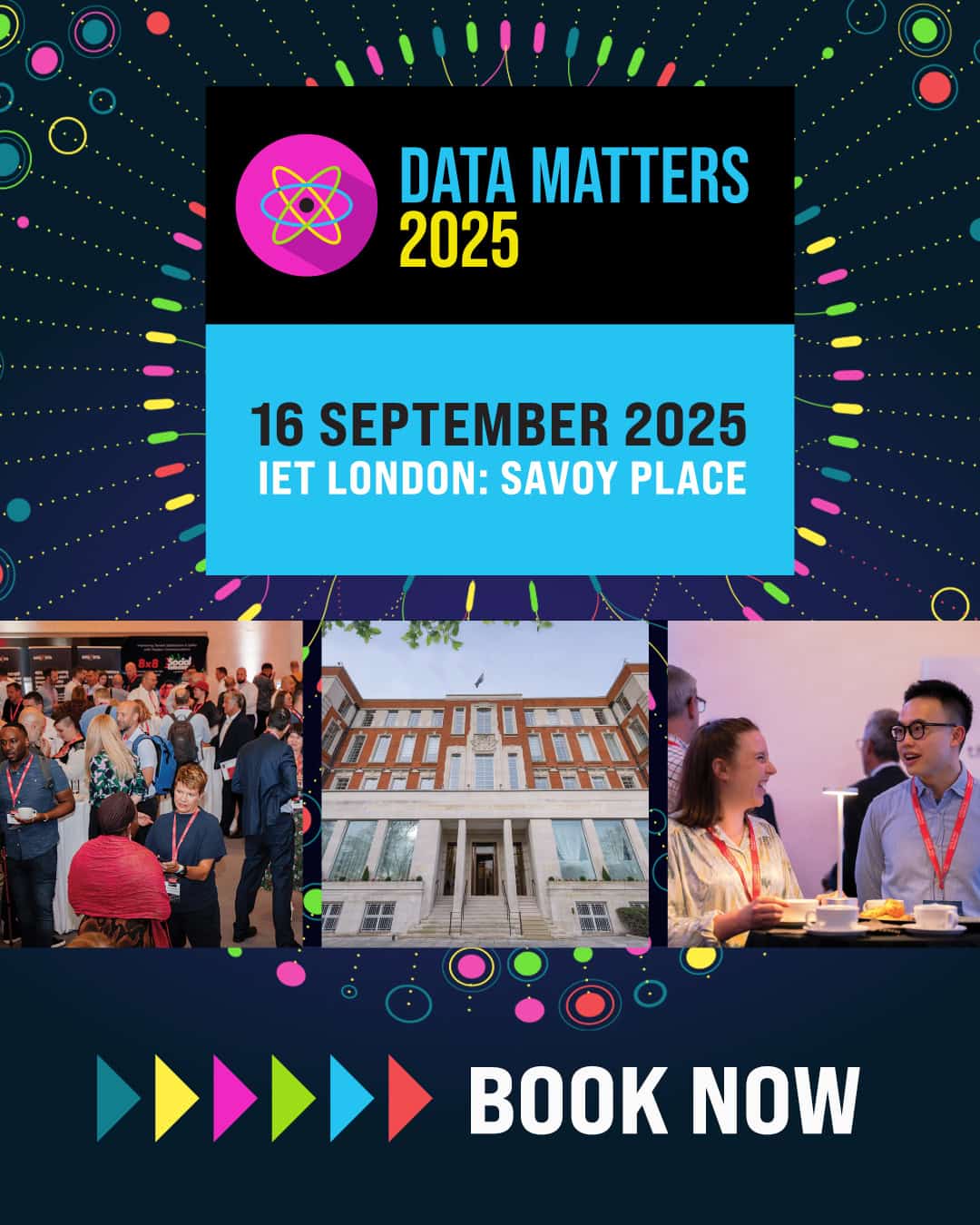The environmental impact of IT and computing is coming to the fore. All major hardware and software suppliers are working on green products, the market for which is expected to be enormous. This will also put pressure on IT departments within the social housing sector to go green, save money, and reduce resources and energy consumption.
What can we do?
The current feeling is that IT departments have no idea of how much energy they use in order to provide the core technology infrastructure services. To be fair, over the past twenty-five years, while I have had lots of issues with power, I was never really concerned about actual power consumption and its cost; that was the facility manager’s problem, not mine. However, in my last role, I had responsibility for both IT and the building and when the average electricity bill was £6000 per month, it made sense to review the power and IT together.
Find out your power consumption
Given the importance of ‘up-time’ for systems, it can be hard to find a time when the systems can be stopped to provide a baseline figure on the power being drawn. There are number of options to get this figure on the fly, without compromising the system’s performance and availability. The first option is to look at the UPS; most good UPS’s provide a load reading through either the software or its display panel. The second option is to have the incoming power cables ‘clamped’ (this requires an electrician) and get an average reading from there. Check these figures at regular times throughout the day and night – most systems are busier at night, for example with batch processing and tape devices, and while the electricity is cheaper, the loadings will be higher.
Make the switch
Speak to your existing energy supplier and other suppliers, and if the sums add up, switch – you do this at home, why not do it at work? Sometimes the simplest routes will enable savings to be made without the need to re-implement your infrastructure and cause massive disruption. As a rule of thumb, old servers/devices use more power and are less likely to be ‘green’ than newer ones. There are some caveats to this; I have spent a fair amount of time trying to install a new blade chassis into an old computer room, and ended up having to not only replace the UPS, but also look at the incoming cables and deal with an overloading problem. So it’s worth getting your energy supplier to check that your mains feed is up to the job before investing in the new technology – changing a 100kVA feed in a computer room is not cheap.
Virtualise everything
With the current trend towards virtualised services, it is worth spending some time during the preparation and planning stages to work out what the short-term increase in power/cooling will be while you are transferring services to the new environment – even a part-populated chassis can have an immense impact on both power and cooling requirements in a small computer room. Once you have moved to virtual services, you will start saving on everything – space, cooling and power will all be reduced with a well-planned and correctly-loaded environment. However, get it wrong and you will have the complete reverse of this.
Green networking
Most manufacturers are looking at ways of providing greener connections for equipment so it is worth looking at these when new implementations or re-fits are being considered. With the standardisation of power-over-ethernet, it is now possible to get devices, such as thin clients, CCTV cameras, IP phones and printers, that are solely powered by their network connection, reducing the need for power adaptors that draw power regardless of whether the device is on or not. In addition some switches, known as green ethernet, work out the length of connecting cable and power accordingly, rather than at the maximum to meet the Cat 5/6 standards (90m).
Sleeping devices
Where you are using ‘fat’ devices that have USB ports, try installing the eco-button which is a simple device for putting your PC to sleep when you leave your desk. Also review your screen-saver policy, as many sites push out a ‘message of the day’ or other company statements which force the screen to stay on when it would normally have shut down or hibernated.
Disposal
Reuse what you can, and when you finally do need to dispose of the equipment, make sure you do so through an approved WEEE (Waste Electrical and Electronic Equipment) company.
Find out more
Learn from your colleagues in other organisations, read one of the many ‘green’ blogs or do a Google search – there are lots of good examples out there, as well as many companies offering green advice. Finally, visit one of the many events, such as www.greenituk.com, that are specifically aimed at green IT issues.
Mark Faint is a senior consultant at NCC Group.


